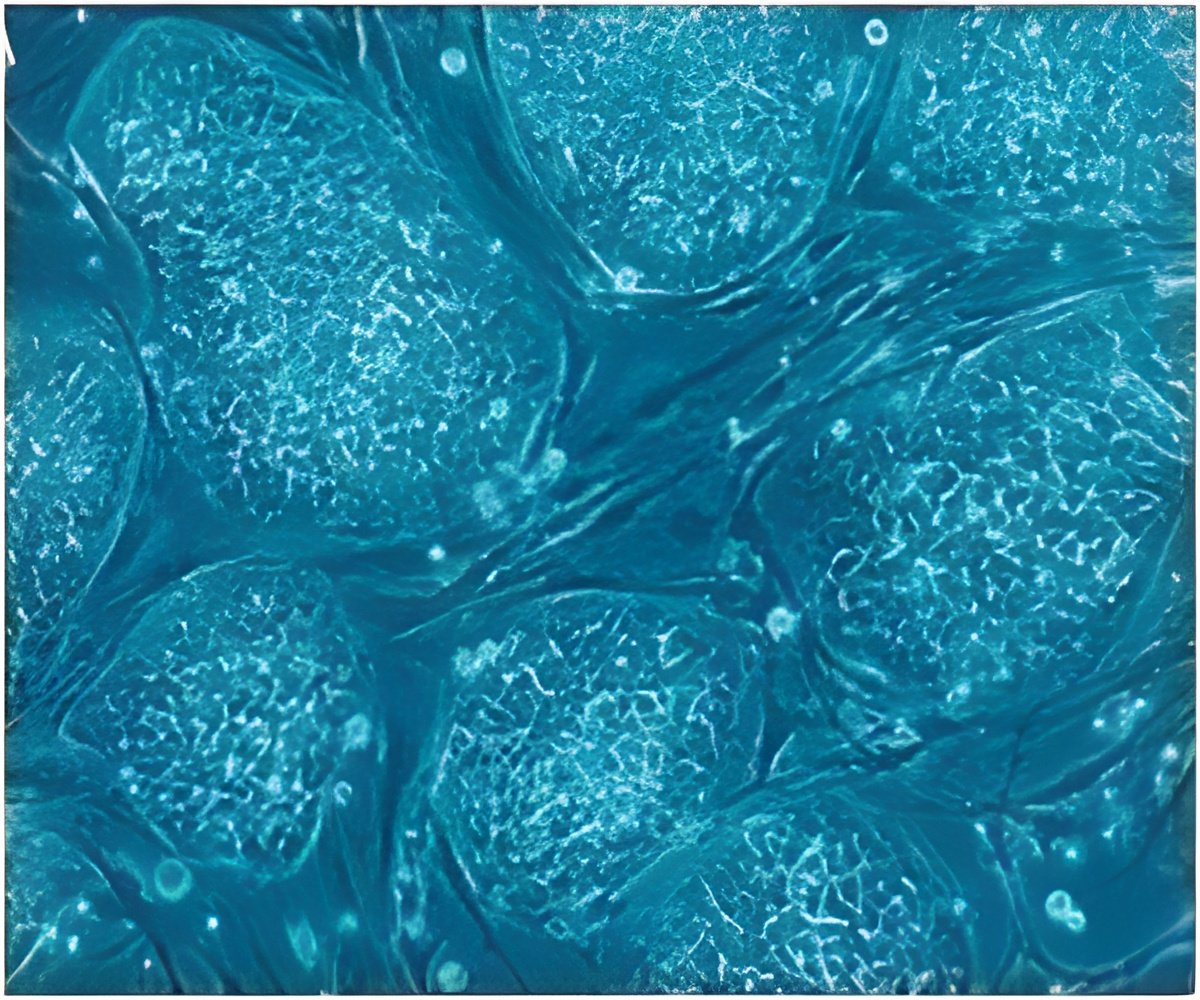A unique molecular signature in induced pluripotent stem cells (iPSCs), reprogrammed cells that show great promise in regenerative medicine was identified by Salk scientists.

"We believe that iPSCs hold a great potential for the treatment of human patients," says Juan Carlos Izpisua Belmonte, a professor in Salk's Gene Expression Laboratory and the senior author on the paper. "Yet we must thoroughly understand the molecular mechanisms governing their safety profile in order to be confident of their function in the human body. With the discovery of these small, yet apparent, epigenetic differences, we believe that we are now one step closer to that goal."
Embryonic stem cells (ESCs) are known for their "pluripotency," the ability to differentiate into nearly any cell in the body. Because of this ability, it has long been thought that ESCs would be ideal to customize for therapeutic uses. However, when ESCs mature into specific cell types, and are then transplanted into a patient, they may elicit immune responses, potentially causing the patient to reject the cells.
In 2006, scientists discovered how to revert mature cells, which had already differentiated into particular cell types, such as skin cells or hair cells, back into a pluripotent state. These "induced pluripotent stem cells" (iPSCs), which could be developed from the patient's own cells, would theoretically carry no risk of immune rejection.
However, scientists found that iPSCs had molecular differences from embryonic stem cells. Specifically, there were epigenetic changes, chemical modifications in DNA that might alter genetic activity. At certain points in the iPSC's genome, scientists could see the presence of different patterns of methyl groups when compared to the genomes of ESCs. It seemed these changes occurred randomly.
Izpisua Belmonte and his colleagues wanted to understand more about these differences. Were they truly random, or was there a discernable pattern?
Advertisement
"We knew there were differences between iPSCs and ESCs," says Sergio Ruiz, first author of the paper, "We now have an identifying mark for what they are."
Advertisement
Source-Eurekalert










